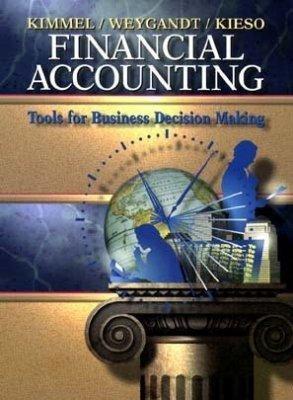Presented below are the assumptions, principles, and constraints used in this and previous chapters. 1. Economic entity
Question:
Presented below are the assumptions, principles, and constraints used in this and previous chapters.
1. Economic entity assumption 6. Revenue recognition principle 2. Going concern assumption 7. Matching principle 8. Cost principle 9. Materiality 10. Conservatism 4. Time period assumption 5. Full disclosure principle Identify accounting assumptions, principles, and constraints.
\section*{Instructions}
Identify by number the accounting assumption, principle, or constraint that describes each of these situations. Do not use a number more than once.

(a) Repair tools are expensed when purchased. (Do not use conservatism.)
(b) Allocates expenses to revenues in proper period.
\(\square\)
(c) Assumes that the dollar is the measuring stick used to report financial information.

(d) Separates financial information into time periods for reporting purposes.
(e) Market value changes subsequent to purchase are not recorded in the accounts. (Do not use the revenue recognition principle.) \(\qquad\)
(f) Indicates that personal and business record keeping should be separately maintained.
(g) Ensures that all relevant financial information is reported.
(h) Lower of cost or market is used to value inventories.
Step by Step Answer:

Financial Accounting Tools For Business Decision Making
ISBN: 9780471169192
1st Edition
Authors: Paul D. Kimmel, Jerry J. Weygandt, Donald E. Kieso





